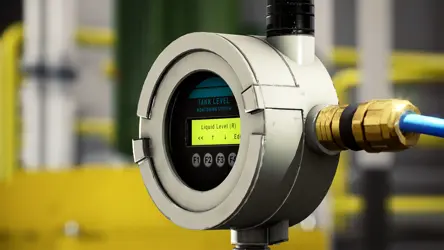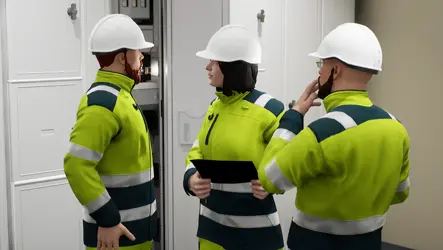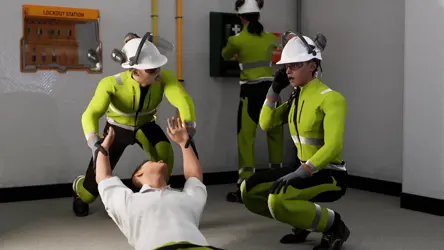Ignition sources in hazardous areas
Do you have an overview of all sources of ignition in potentially explosive areas? Get an overview of the various ignition sources that exist, how they arise and develop.
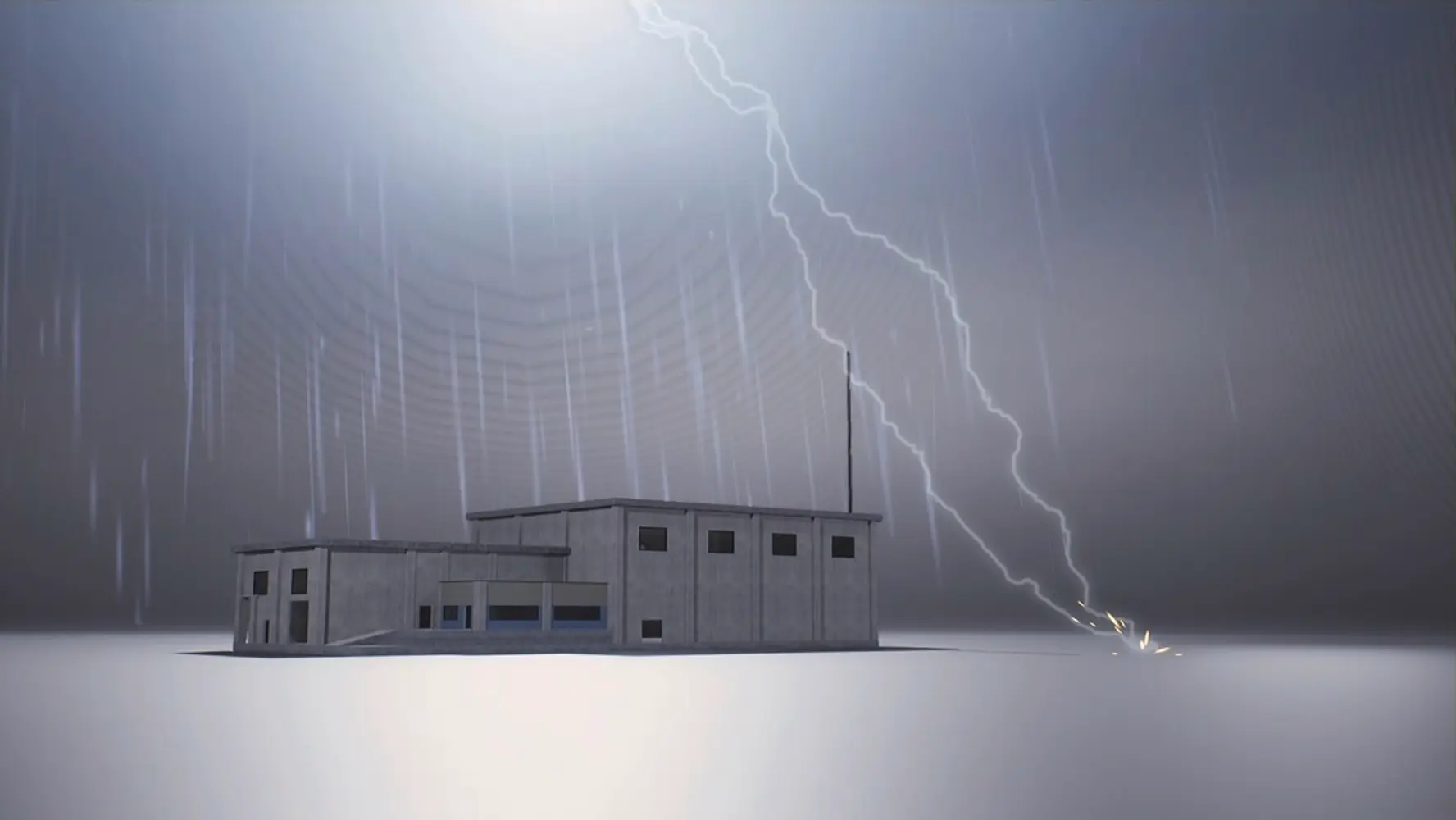

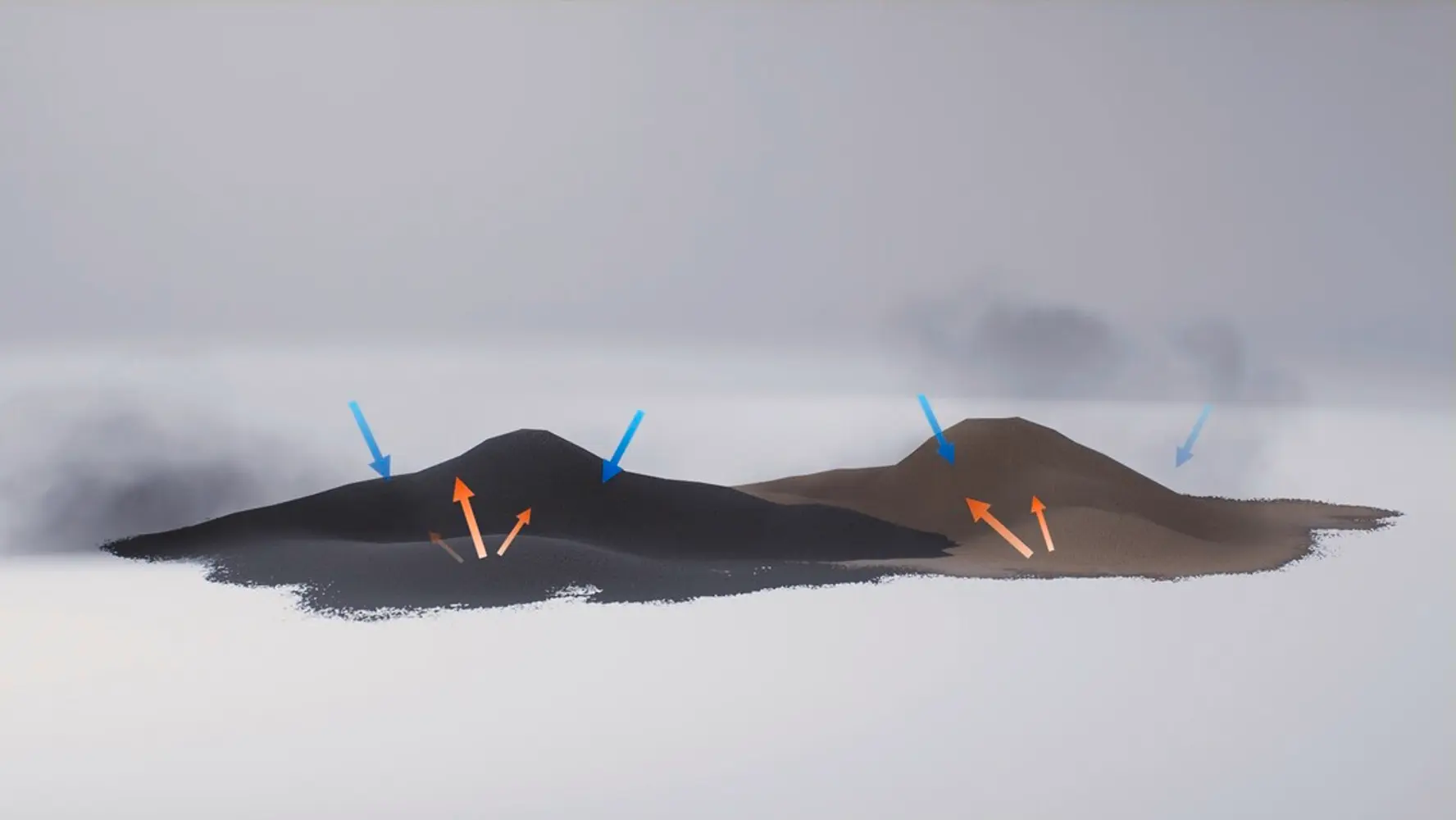

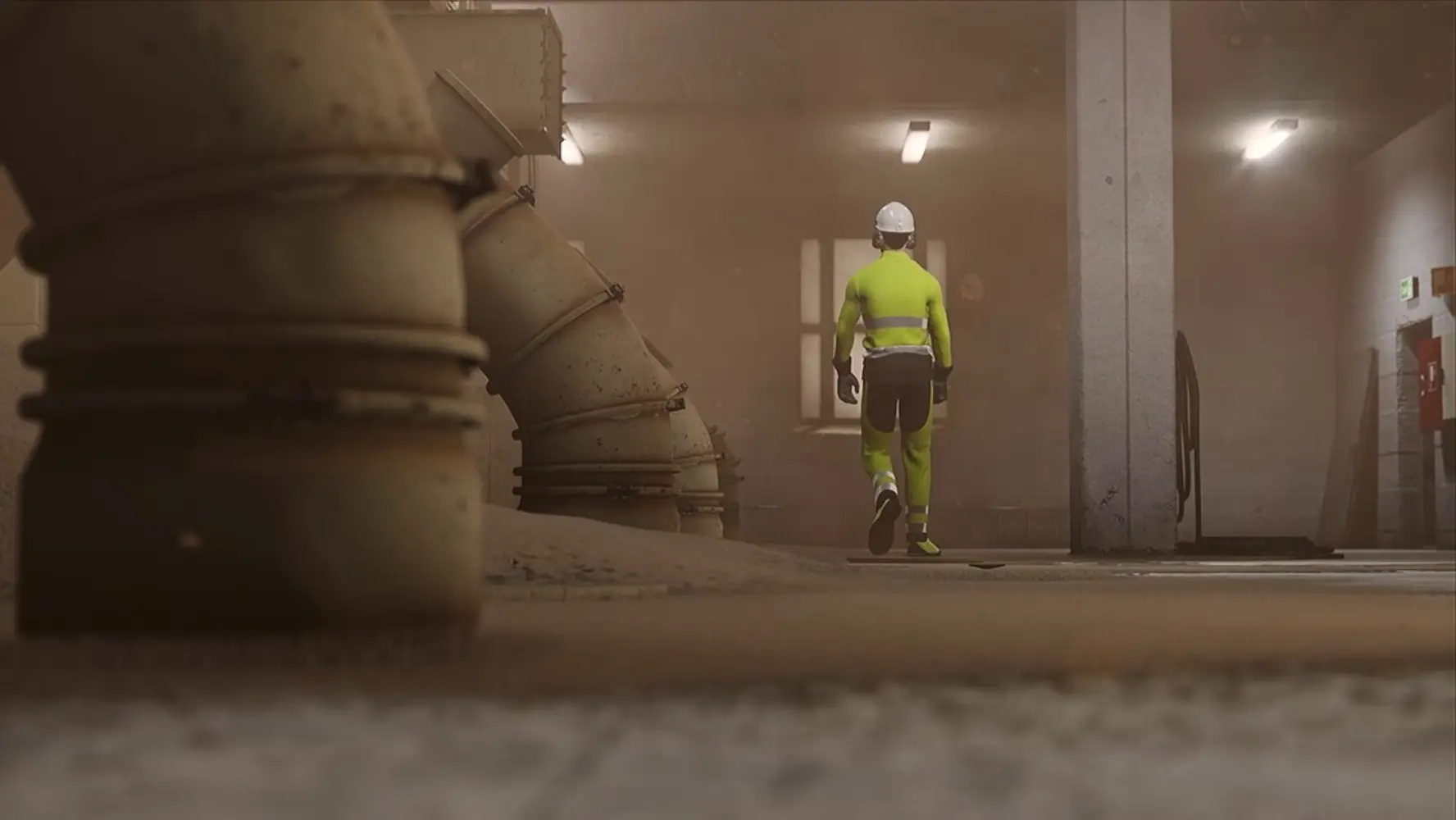
The goal
The aim of this course is to give the course participant awareness toward possible ignition sources at their own place of work.
The target group
Anyone working in environments with increased risk of fire or explosion hazard.
The topics covered
The course provides a simple introduction to the ignition sources mentioned in the standard EN 1127-1.
- Hot surfaces
- Flames, hot gases, and hot particles
- Mechanically generated ignition sources
- Electrical equipment and components
- Stray electric currents
- Static electricity/buildup
- Lightning strikes
- Radio frequencies and electromagnetic waves
- Ionizing radiation
- Ultrasonic waves
- Adiabatic compression
- Exothermic reactions
Technical information
System requirements
This course can be completed on a computer, tablet, or smartphone – whenever and wherever it suits you. To ensure the best possible experience, we recommend using an up-to-date web browser (such as Google Chrome, Microsoft Edge, Safari, or Firefox) and a stable internet connection with a minimum speed of 5 Mbps. If you are using a mobile network, a 4G connection or higher is recommended.
Course manual
No, a course manual is not included for this course.
Do you have questions?
We understand how important proper training is to ensure a safe work environment, and we are dedicated to delivering the most effective training in electrical safety.
If you have questions about this product or want more information about our offerings, our experts are here to help you find the right course for you or your team.
Contact us
Related courses
At Trainor, we create custom-designed, animated films to create engaging content that provides you with exceptional learning experiences. In a world that demands increasing competence, efficiency, and sustainability, we offer high-quality digital training that meets industry needs and expectations and engages professionals worldwide.
If you have questions about this product or want more information about our offerings, our experts are here to help you find the right course for you or your team.
Read moreWith the Trainor app, you can take eLearning courses directly from your mobile or tablet, even if you don't have coverage. The app is free, and you log in with the same username and password you usually use on trainor.no.

